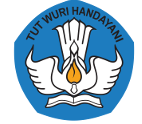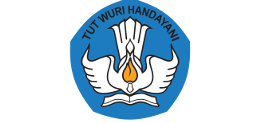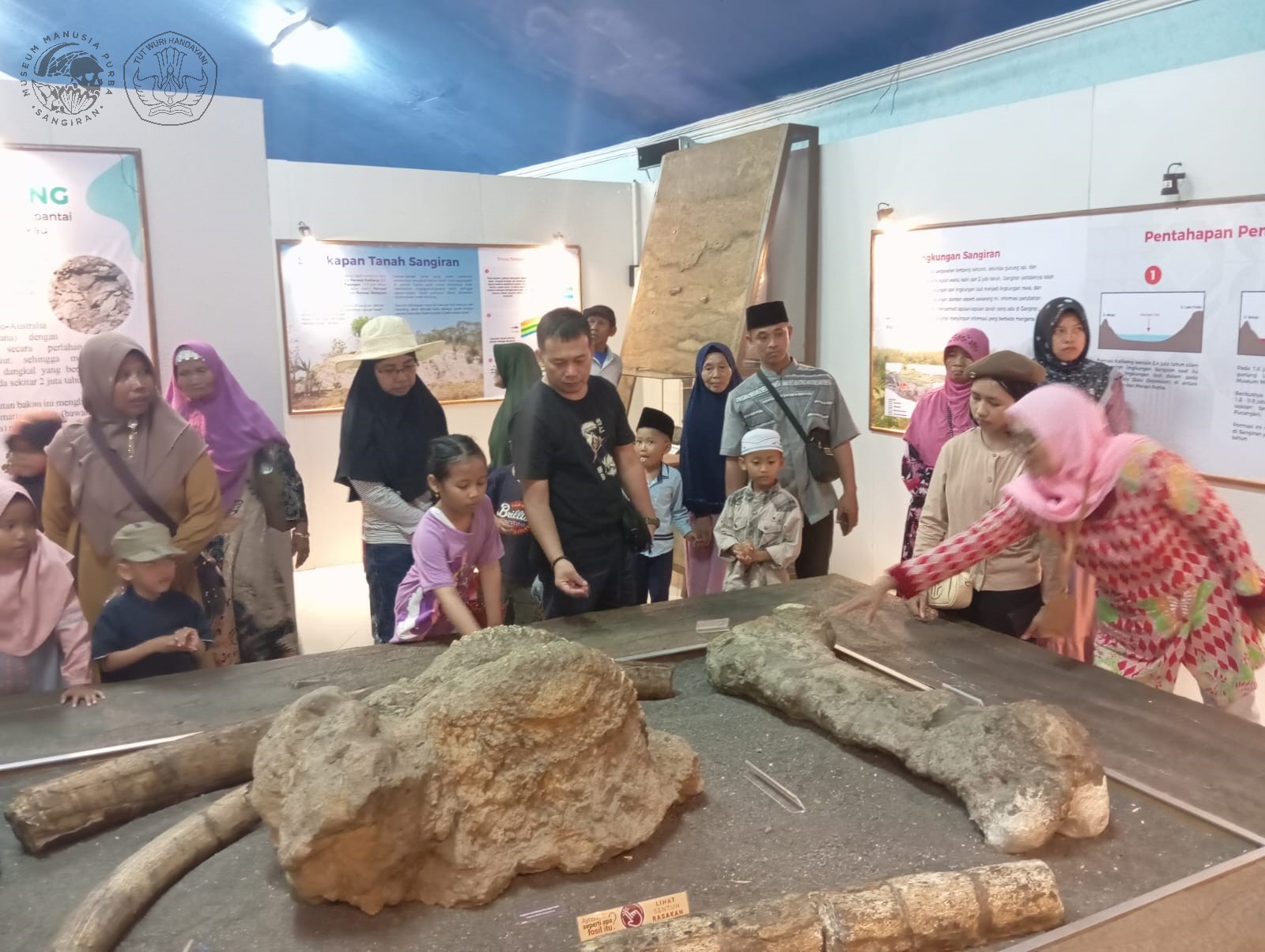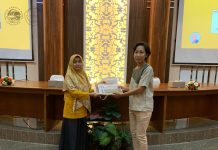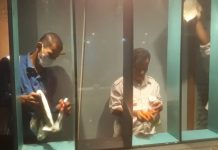Duytjes play an important role in providing lithological explanations Mojokerto region. On 1933, in the middle of the project of making the Trinitaian geological map of Surabaya, Duytjes do the study character on the layer of Trinil stone, Mojokerto. In his study, he can identify two stone formations contain many fossils. Both formations called Pucangan and Kabuh formation.
When he surveyed the field, Duytjes and his team often found fossils and then it gave to von Koenigswald, as an expert in Paleontropology in Geology department, to further research.
About Pucangan and Kabuh formation in Trinil, von Koenigswald see that vertebrate fossil species contained is different. Furthermore, he called Jetis fauna for collection of fossils on Pucangan formation and tilapia fauna for collection of fossils on Kabuh formation.
In the next survey and mapping in Mojokerto, on September 13th 1936, when Duyjfes was on Bandung, his team found a skull in Perning. Andoyo, as subordinate also founder immediately send that findings to Duyjfes in Geology department in Bandung. 6 weeks after finding, Duyjfes do a research in place where the fossil was found. Then he confirms that the fossils lift 1 meter in the base of the sandstone conglomerate layer (Pucangan formation), and middle Pleistocene era.
This statement publised in the article “The Geology and Stratigraphy of the Kendeng-Area between Trinil and Surabaya (Java)”.
On 1938, G.H.R von Koenigswald, Helmut de Terra and Hallam L. Movius visited Perning site. That visit srengthen the Duyfjes’s conclusion about early ground layer where Mojokerto fossils was found. Furthermore, in the study of little boy’s fossil. Von Koenigswald state that this finding is one of the oldest of Pithecanthropus erectus (now is Homo erectus). The characteristic of Mojokerto findings, such as the forehead that protrudes and narrows in eye orbit area, and the back of the skull which is very pointed are specific characteristic of Homo erectus. Source: Museum of Early Human Cluster Ngebung
Translate by Mutiara Solikhah
